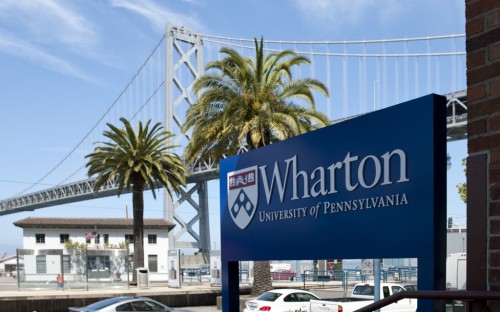“This progress demonstrates that gender parity is not a pipe dream. Although women’s enrollment in business school is a slow and steady growth story, at this rate we could reach an average of 40% women’s enrollment in top business schools in less than five years and 50% by 2030,” says Elissa Sangster, executive director.
In one sign of progress, this year 17 top schools had 40% or more women enrolled, up from only two schools that reached this milestone in 2013. Two schools — Wharton School and George Washington University School of Business — reached 45% or more women enrolled.
While US schools have a higher percentage of women enrolled on average, schools outside the US are gaining ground faster. US schools had close to 38% (37.8%) women enrolled, on average, in 2017, up fewer than 1% from 2016. Schools based outside the US had 36% women enrolled in the fall of 2017, an increase of nearly 3.5% in just one year.
Schools based outside the US have seen significant progress on other fronts. Five schools — three in Europe, two in Canada — now have 40% or more women enrolled.
Forté Foundation was launched in 2001 to address inequity in business education. Today its membership includes 51 business schools: 39 in the US, eight in Europe and four in Canada.
One reason for the increase in enrolment is women’s scholarships, according to the organization. Forté runs a Fellows program that has awarded 2,400 MBA scholarships for use in 2017. Since 2003, schools have awarded over $142 million in scholarships to Forté Fellows.
“This is significant because there is evidence that an MBA can provide both career advancement and significant pay gains for women, giving them greater economic mobility,” Elissa says.
“And efforts to support women to pursue an MBA can contribute to a more diverse leadership pipeline at companies.” Here are the 16 business schools most successful at nurturing that potential talent pipeline, according to Forté:
RECAPTHA :
dd
d8
2b
75








